Einleitung
Use this guide to replace a broken display on the iPod Touch 3rd Generation.
Werkzeuge
Ersatzteile
-
-
The picture at left (front panel already removed) shows the locations of the metal clips (shown in red) that snap on to the plastic frame. In the next few steps, try to pry the front panel up from the gaps between these clips.
-
-
-
Gently insert an iPod opening tool between the glass front panel and its plastic surround near the volume adjust buttons.
-
Rotate the tool away from the Touch to pry up on the glass panel.
-
-
-
Insert the iPod opening tool between the front panel and its plastic surround and pry up at several points along the left edge of the Touch.
-
-
-
Continue prying up the left edge until the top and bottom edges start to lift out of the Touch.
-
Once the top and bottom edges have lifted slightly out of the Touch, use the opening tool to assure the plastic surround is detached from the clips along the inside of the Touch.
-
-
-
Continue the prying procedure, now focusing on detaching the plastic surround from the internal metal clips.
-
Pry along the top edge of the Touch to further separate the front panel from the rest of the device.
-
-
-
Pry up the front panel along the right edge using the method described in previous steps.
-
Eventually work around the entire perimeter of the front panel until it is lifted slightly from the rear panel.
-
-
-
Lift the front panel out of the rear case minding the cable still attaching it near the upper left corner of the Touch.
-
-
-
Use the flat end of a spudger (or an opening tool) to very carefully pry the touch screen cable connector up off the upper logic board.
-
-
-
Insert a small iPod opening tool with the edge angled up toward the underside of the display between the white plastic backlight and the metal shield beneath it.
-
Pry up along the lower edge of the display enough to grab it with your fingers, being careful to not flex the screen.
-
-
-
Lift the display up from its lower edge and rotate it toward the top of the Touch.
-
Remove the seven Phillips screws securing the metal display tray to the rear panel. They may be very tight; watch carefully to make sure you don't strip them.
-
-
-
Lay the display back down into its tray.
-
Remove the final Phillips screw securing the metal tray to the rear panel.
-
-
-
Lift the display out of the metal tray and rotate it toward the top edge of the Touch.
-
Use an iPod opening tool to lift the metal display tray and rotate it up toward the top edge of the Touch.
-
-
-
Use the edge of an iPod opening tool to peel the copper tape off the top edge of the display.
-
-
-
Use the edge of an iPod opening tool to remove the piece of tape covering the display data cable.
-
-
-
Use an iPod opening tool to pry the display data cable connector up off its socket on the logic board.
-
-
-
Lift the metal display tray slightly (the battery is attached to its underside) and remove the display from the Touch, minding its delicate cable that may get caught.
-
To reassemble your device, follow these instructions in reverse order.
3 Kommentare
A few years ago, the screen of my iPod Touch was failing (at that time, I had left it to my son). I asked for a new display and the iPod came back up. Later we bought my son an iPhone, and the iPod left it to my daughter, but again the display failed again. I requested another display, but now only the "white screen of death" is displayed. It is heard that it turns on, but the display goes white and then goes out. I tried to reset it but there was no success. My MacBook recognizes, it can be seen on iTunes. Any suggestion?
Hi Daniel, I’m guessing that it could be improper installation of the screen or static discharge. It does happen, you want to touch something metallic to discharge the static electricity before handling the screen, and wear gloves too.
Tech Guy -
Hii, when will these products be back in stock???
For iPod Touch 3rd Generation…
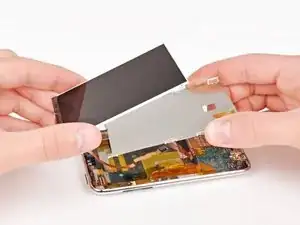
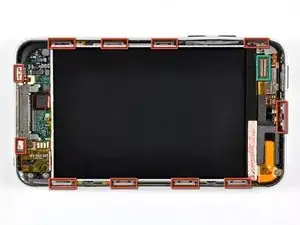
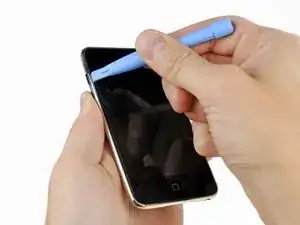
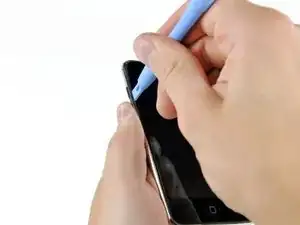
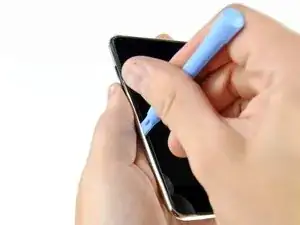
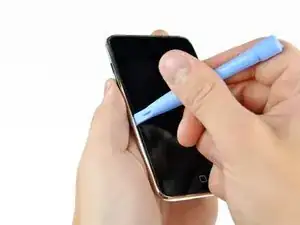
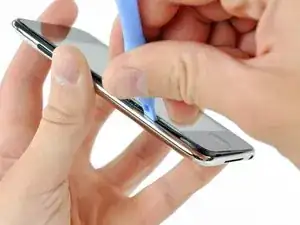
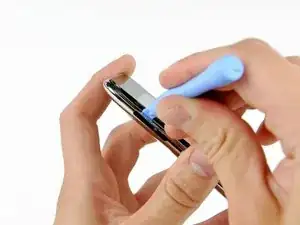
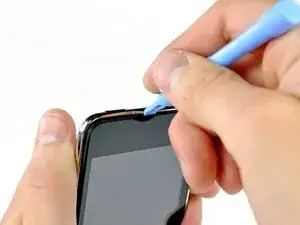
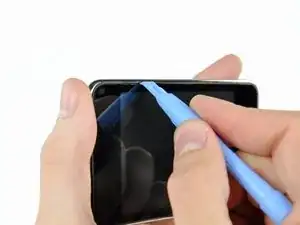
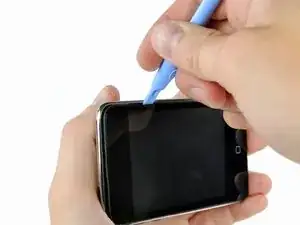
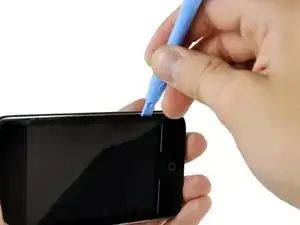
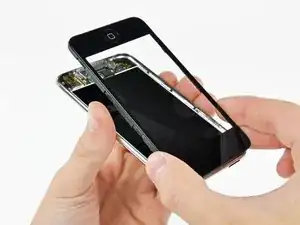
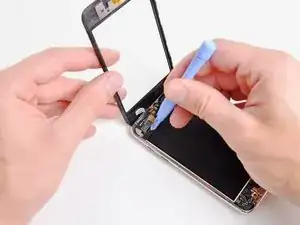
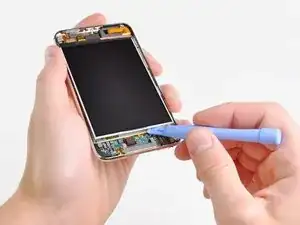
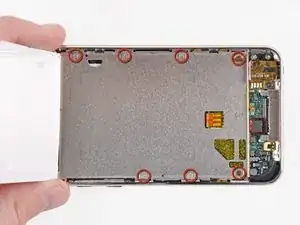
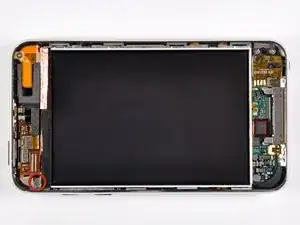
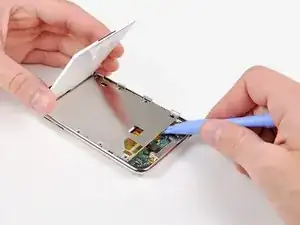
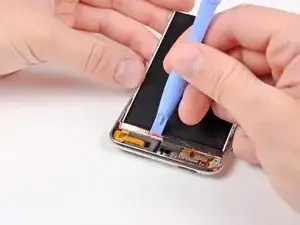

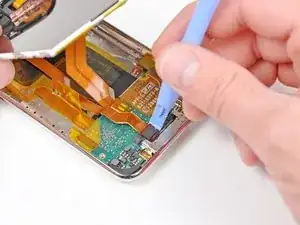
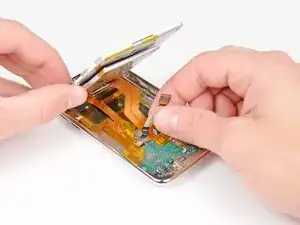
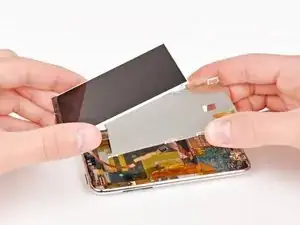

Do be gentle when snapping your replacement front panel back on your iPod. There is potential for the Home button to be “squished” up against the internals and thus unable to be pressed in. If this happens, you must pry the panel up enough to let the Home button clear all the parts behind it and leave room to work.
Matt Rausch -